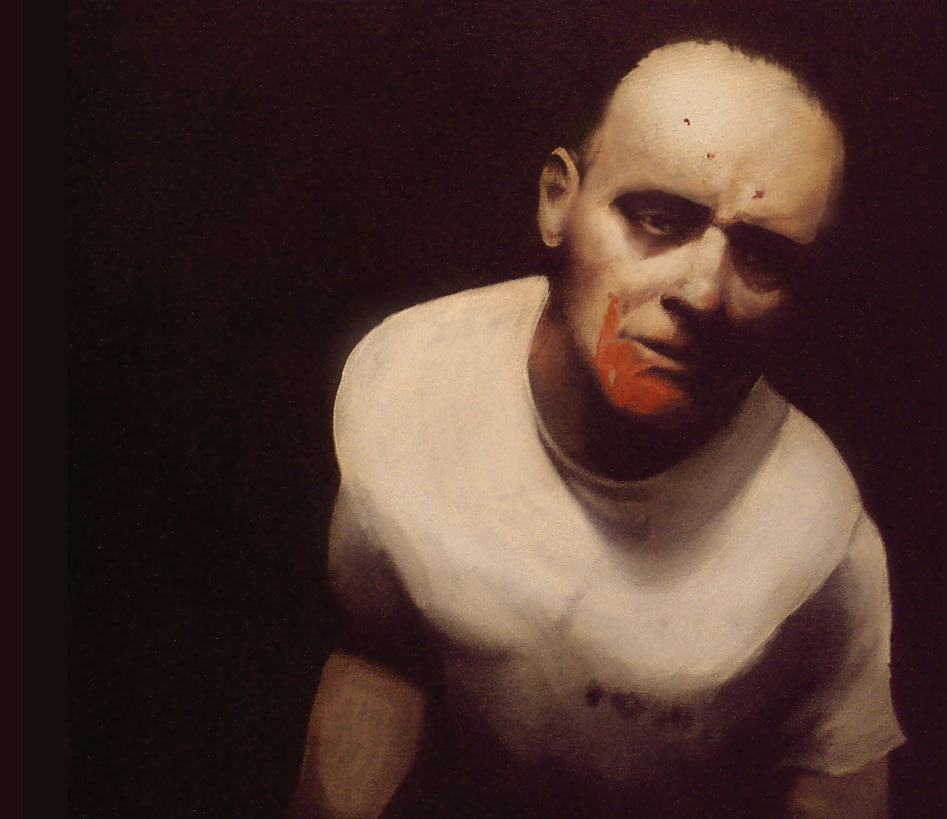#92 Frankenstein by Mary Shelley
The only monster here is a neglected and scornful child.
There are those who would have the American reading public believe that Frankenstein is a ghost story, a tale about a fearsome beast and the man who must attempt to defeat him out of a sense of guilt and duty. While the book does prominently feature an undead monster assembled from assorted body parts in various stages of decay, the story is no more about ghouls than Animal Farm is about cuddly animals come to life.
Frankenstein is a story about ambition, failure, self-delusion, self-esteem and internal hate projected outward. It is a family drama between a father and son, dressed up in an ill-fitting suit and decked out with neck bolts.
Of course, to compare the monster from Mary Shelley's masterwork to a Halloween mascot is more of a perversion than anything occurring in the book. The Frankenstein monster of Shelley's world is a far cry from the slow dolt portrayed in movies and pop culture. He is a specimen to behold, cunning and brilliant in the kind of dark way that only comes from a life of neglect and ugliness. He is fast and strong, so much so that no captor can hold him, no pursuer can run him down. This is a creature without peer, without equal, whose inner hurt and isolation have driven him to bitter, brilliant madness.
His excellence is a testament to Victor, the story’s protagonist and abusive Mr. Muntz to the monster’s lonely neglected Nelson. Victor, a young man possessing intelligence beyond his years, becomes obsessed with the dark arts and strives to solve the mystery of life and death through a blend of modern science and witchcraft. The author goes to great length to outline her character’s obsession only to side-step his crowning achievement, never revealing to the reader how Victor was able to reach his goal of reanimating life. The “how” or “why” isn’t nearly as exciting as the “what” that follows.
The relationship between Victor and the monster is one for the ages, so complex and nuanced that scholars have spent years of their lives analyzing their connection to each other. To summarize: the two are chained. Victor sees in the monster his dark ambition personified and distorted, his once-noble goal stripped of its romance and bathed in the brutal light of reality. He sees in his monster the ugly result of man trying to play god. He is disgusted in his creation and in himself for wanting it so badly. He wishes to kill it and, by extension, himself.
The monster, on the other hand, is created tabula rasa with no ambitions, aspirations or agendas outside of being loved by his creator, being accepted by the one who breathed life into his flesh. The monster’s initial quest is a religious one, as a pilgrim looking for the embrace of god. Upon realizing Victor’s initial reaction, which is one of loathing repulsion, the creature is without a center, lost to a strange world that makes no effort to accept him. He sees in his father the cruelty of humanity and strives to end him and, by extension, cure his own self-hatred.
And so, the father repulsed by the son, the son scorned by the father, the two characters set out to destroy each other.
The real horror of the story is not so much in the acts of brutality that man and beast unleash upon each other but in the all-encompassing stubbornness of Shelley's two main characters. If only the father would accept the son, if only the son could forgive the father’s cruelty, both characters could find peace. Instead, the story unfolds with Victor pursuing his child across the frozen caps of the North Pole, the two forever locked in a battle of who can tear the other to shreds, physically and mentally.
Some characters are killed. Others are confined to a life of emotional imprisonment and isolation. As it was written in another classic about ugliness and personal pettiness’ victory over love and understanding, “All are punished.” This certainly applies in Frankenstein, a tale about the unyielding decay that can lie in the deep ends of faith.
---Nate Adams is the owner and operator of Left of the Dial. Formerly he was the head designer and fashion editor for The People's XPress News.






